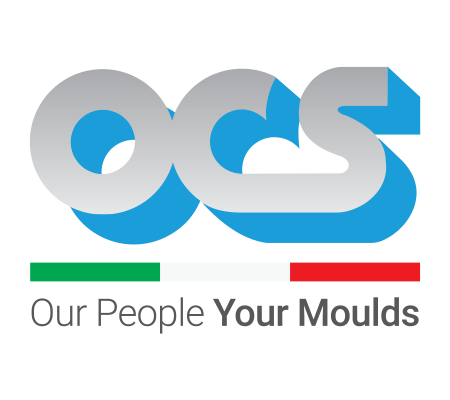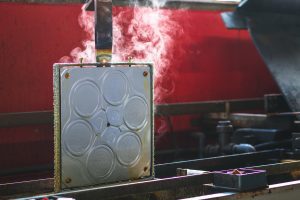Good tool maintenance can significantly reduce costs and downtime. Effective maintenance should be:
- Anticipated: moulds need to be continuously monitored to avoid breakdowns and failures. Consequently, this step allows us to maintain the performance of the mould at the highest level;
- Well-planned: operators must be informed about the state of the moulds they work with;
- Customized: each mould has different characteristics and needs, so each case needs a customized analysis.
The maintainer
The maintainer’s job requires specific skills, practice and professionalism. A good maintainer must know how to intervene at the right time with a mould and in any situation. This is a key role which requires years of practice in the company, continuous training and close cooperation with moulders.
To prevent any kind of damage to moulds and to moulded technical rubber items, it is necessary to develop a maintenance plan to ensure the overall safety and maximum efficiency of the work.
Types of maintenance
There are different kinds of maintenance:
- Ordinary maintenance: If the company keeps mould usage records, it is possible to define the maximum number of moulded parts achievable with each single mould. Hence, the maximum output can be programmed. In this way, it will not reach the point where over-running the mould affects the quality of the moulded rubber articles.
- Extraordinary maintenance: If the company does not have a mould usage record, maintenance is even more important. In fact, it often happens that the operator suddenly (before starting the moulding cycle) realizes that the mould is no longer in the best condition and cannot be used due to the failure to maintain the mould life record. This kind of behavior can hinder production and cause dissatisfaction.
- Preventive maintenance: In this case, the operator, at the end of the cycle, has the task of checking the condition of the mould, the center and the chrome plating layer. In this way, the mould is ready and fully prepared to produce quality mouldings when production re-starts.
The best solution is to have a mould usage record in place to prevent, organize and manage the best output, avoiding the extraordinary and urgent maintenance.
Although good maintenance can extend the life of a mould. It is subjective and depends on multiple factors, so it is impossible to define an absolute life for a given mould. For example, it depends on the type of polymer, the cleaning method or the state of the chrome plating.
How best to maintain your own moulds? You can start by taking care of the cleaning process. Download our free ebook “5 Methods to clean a mould” by tapping here.




